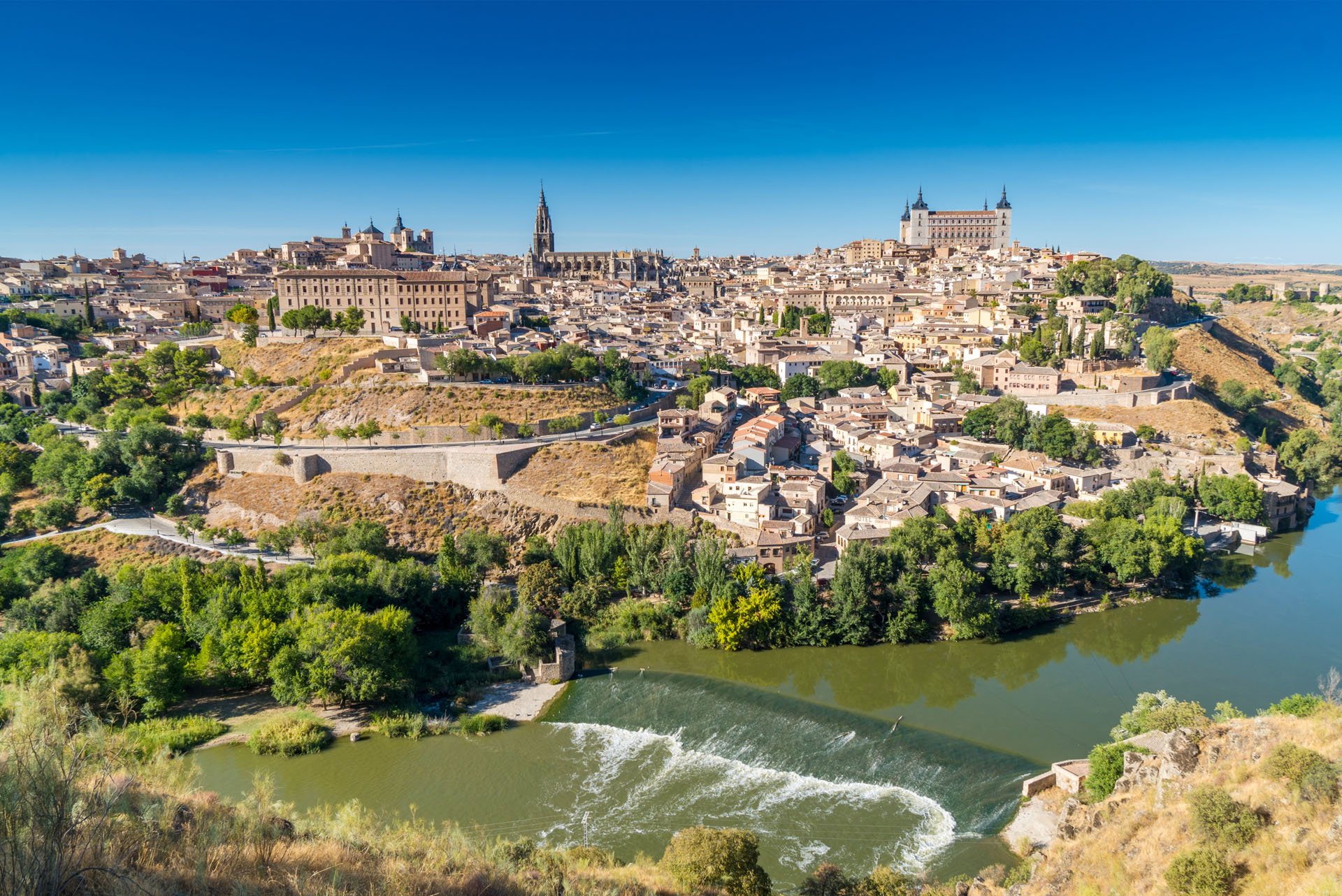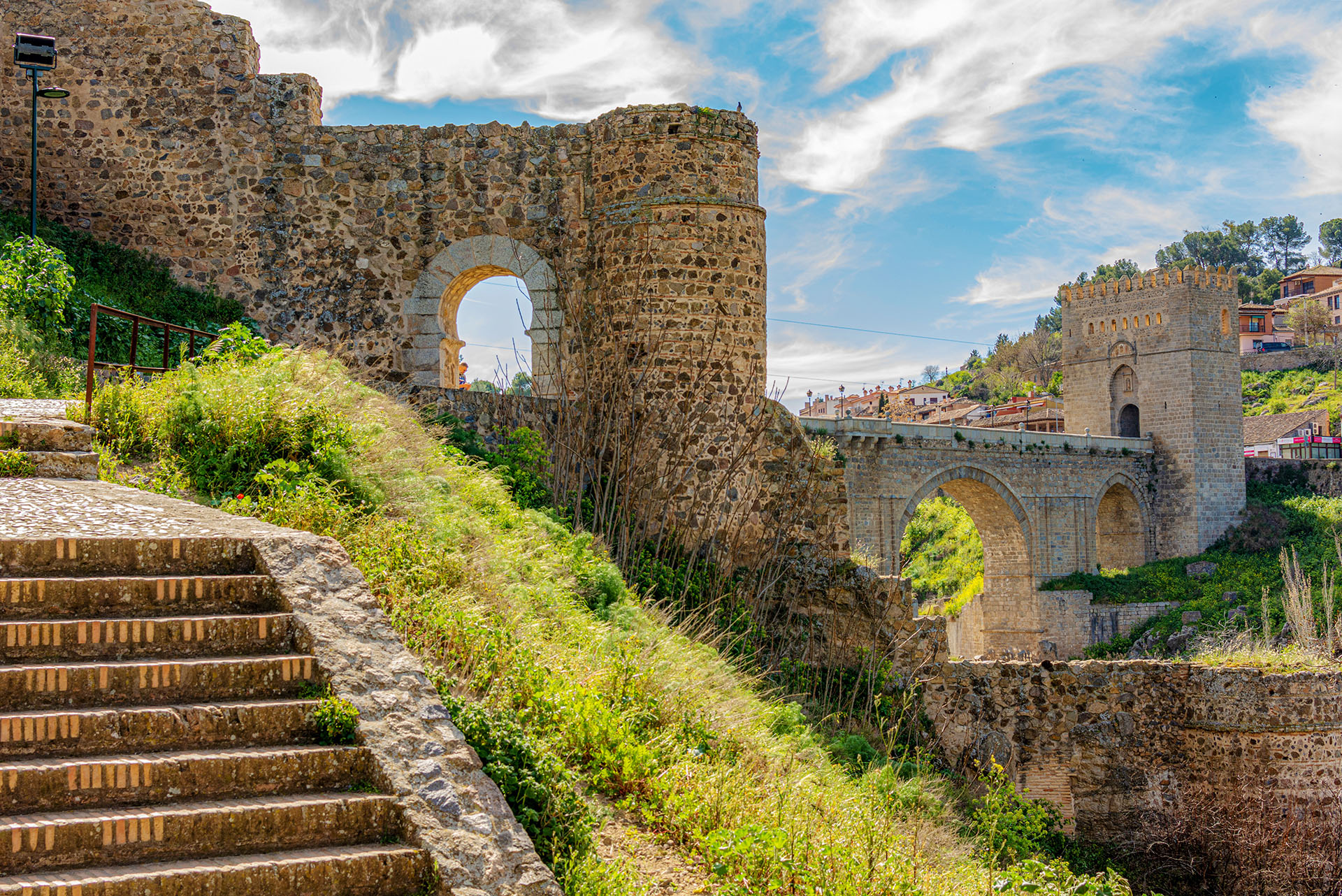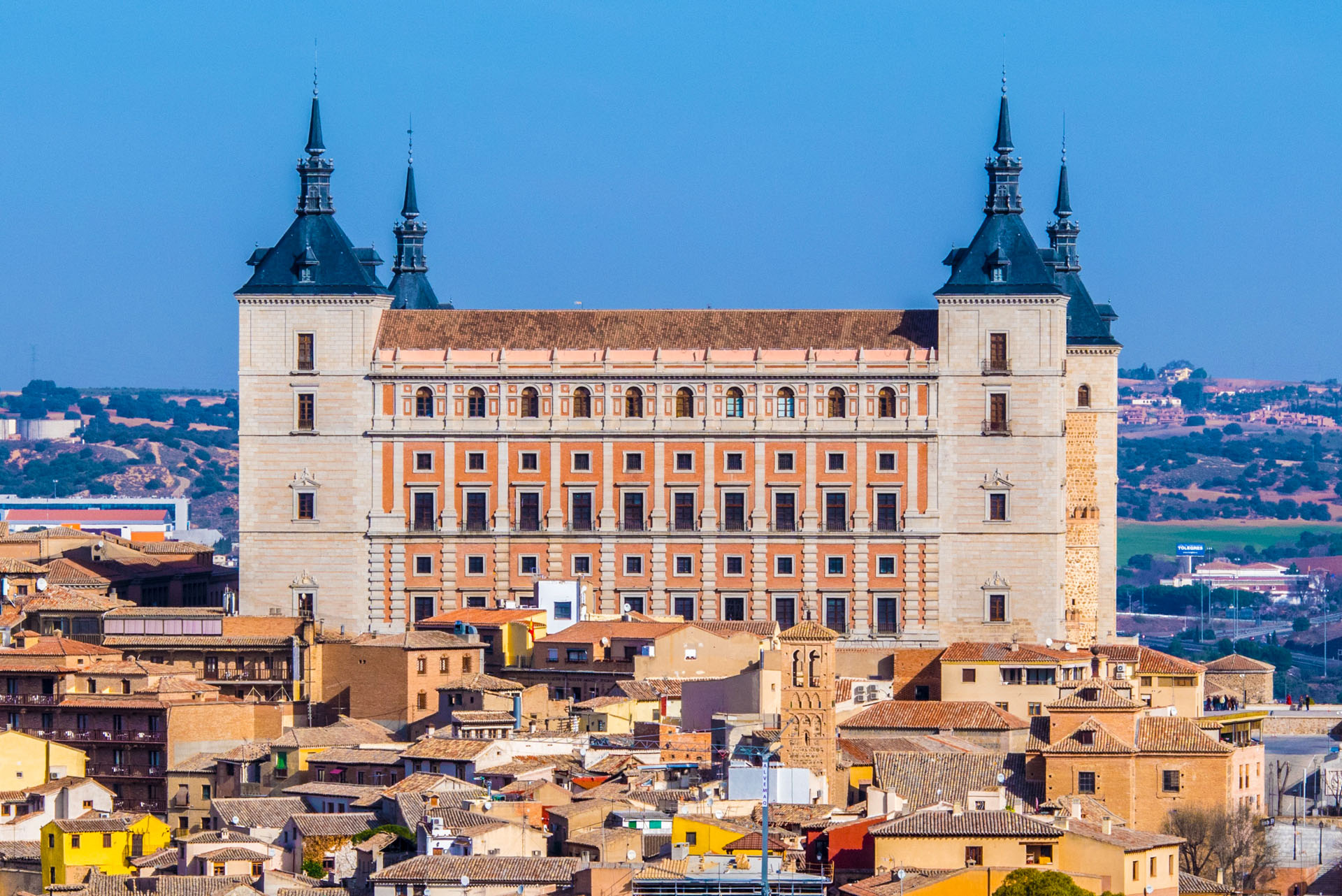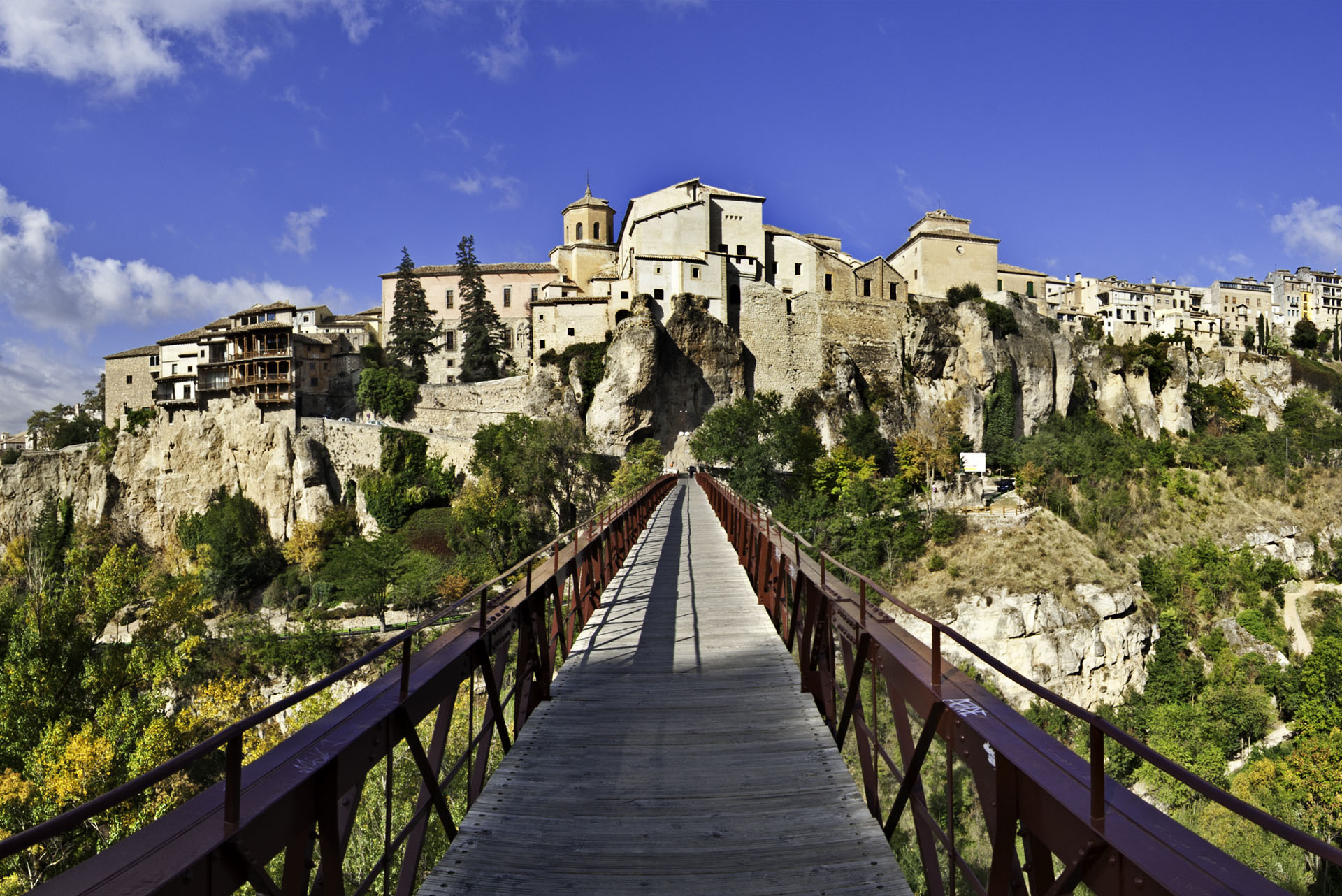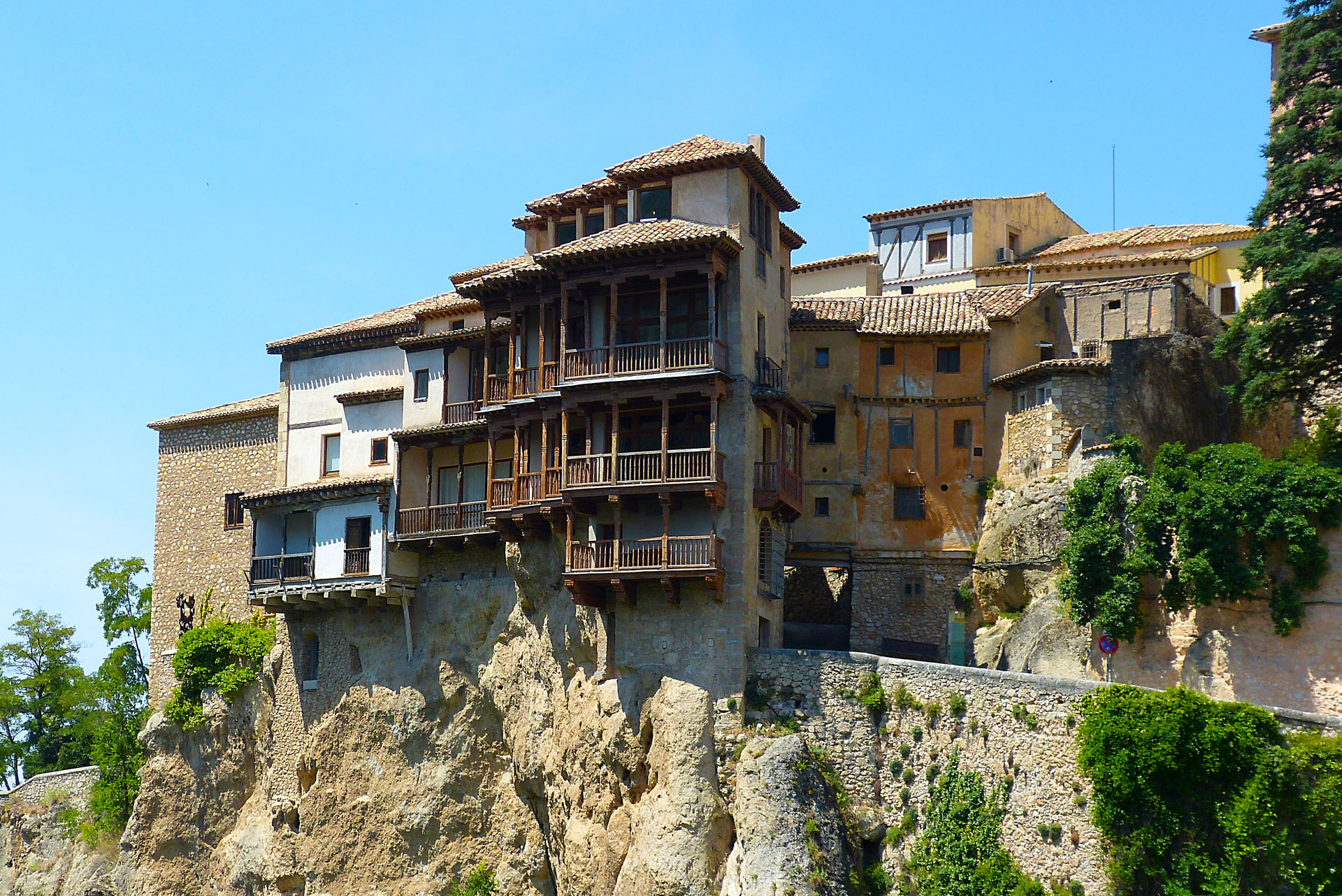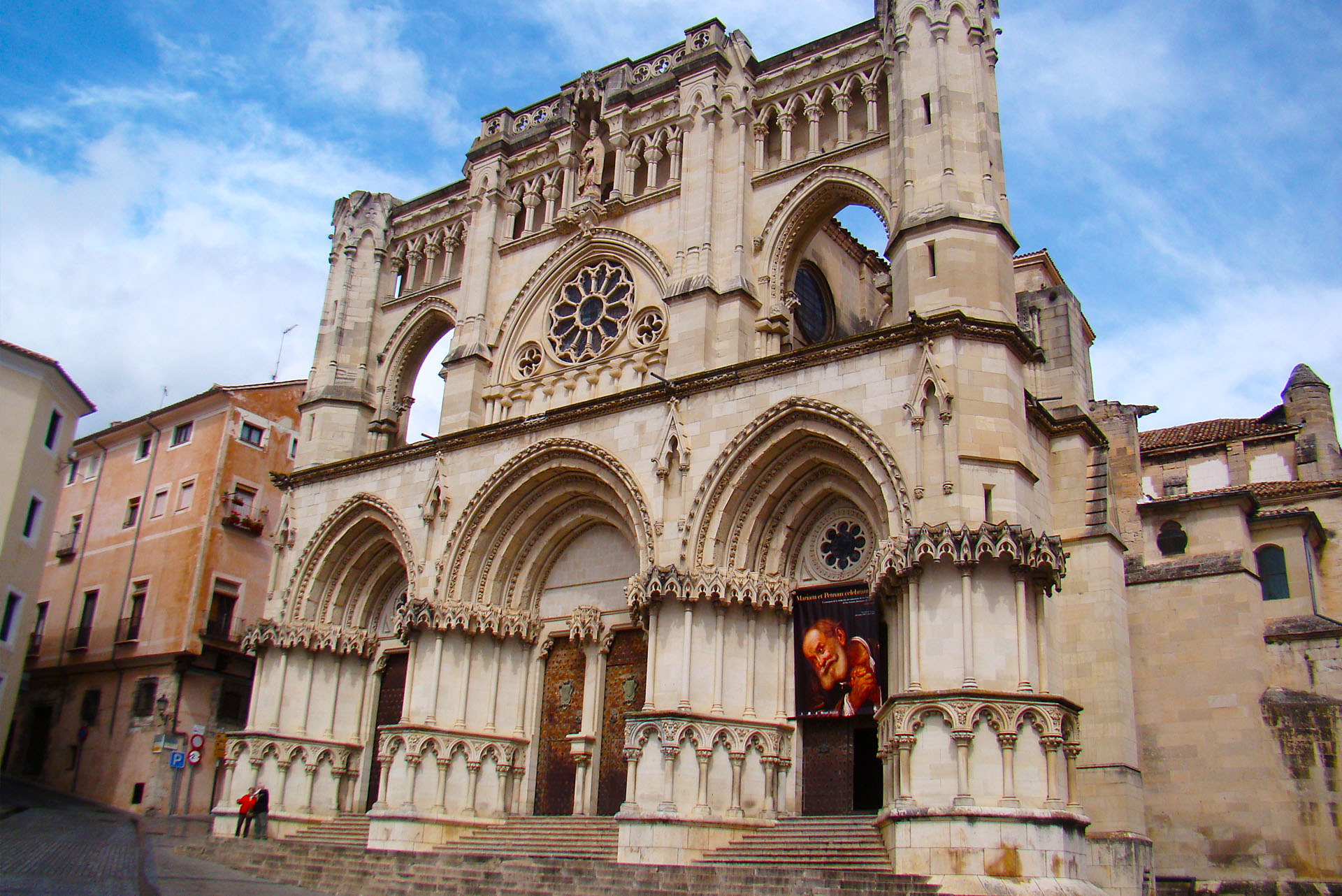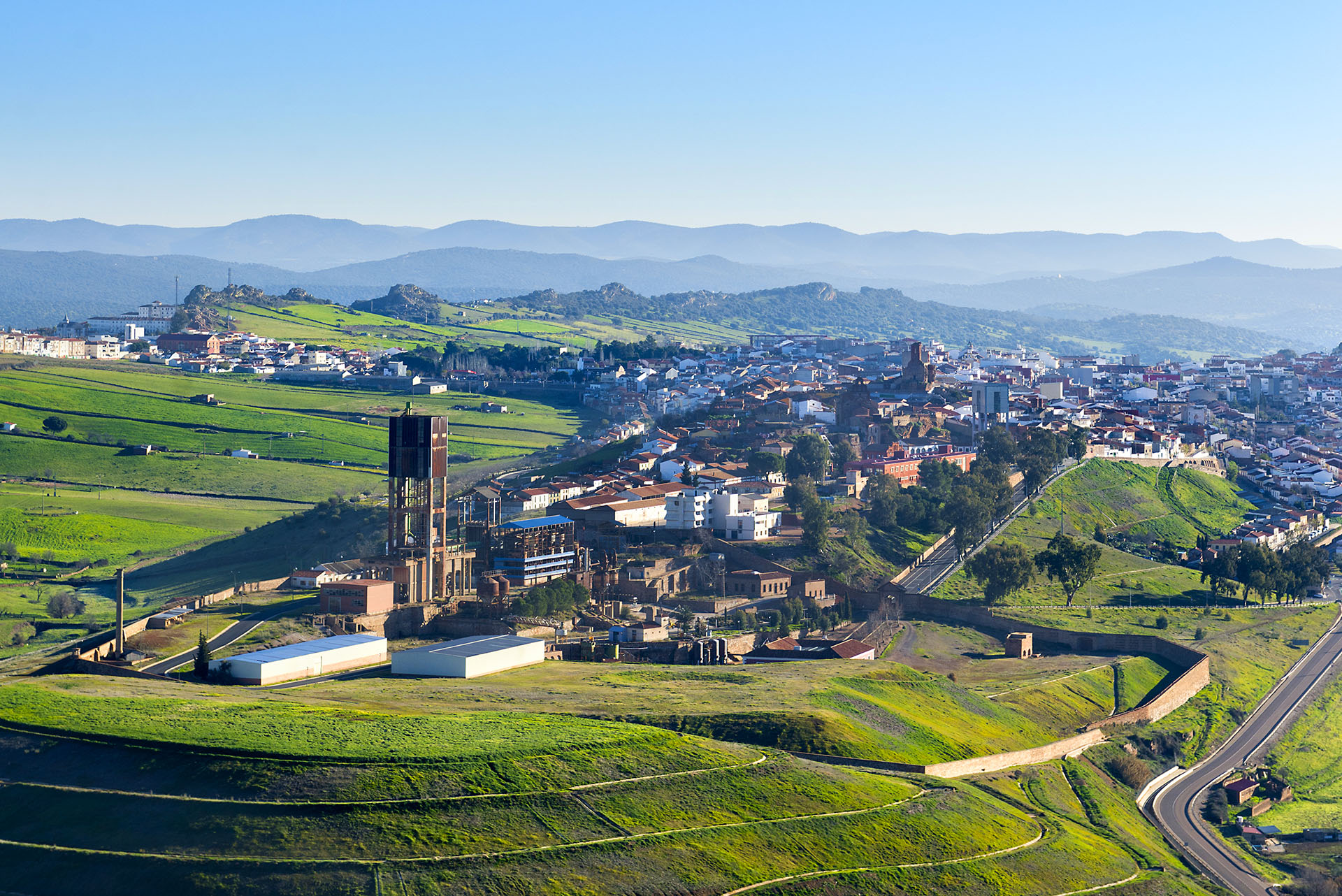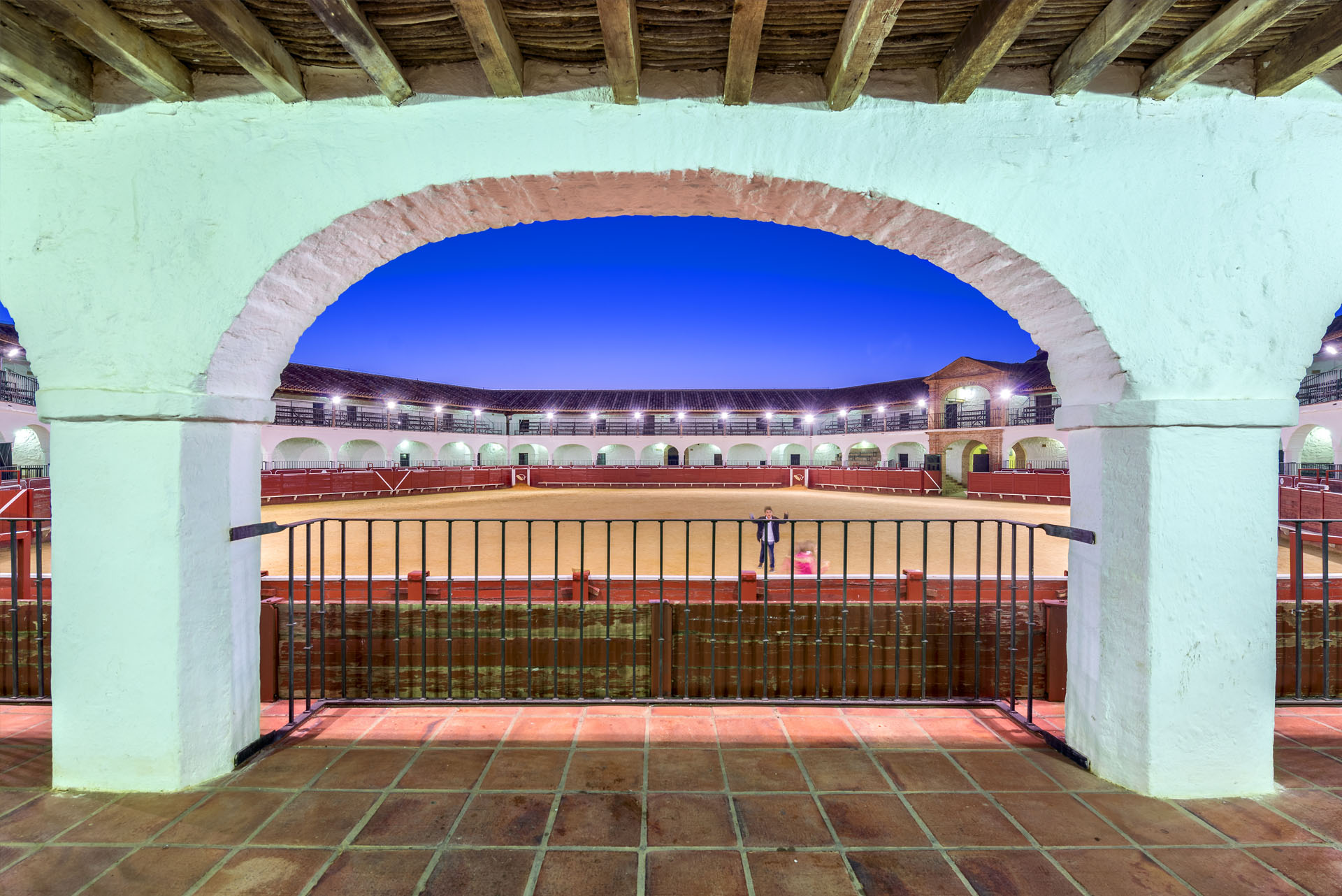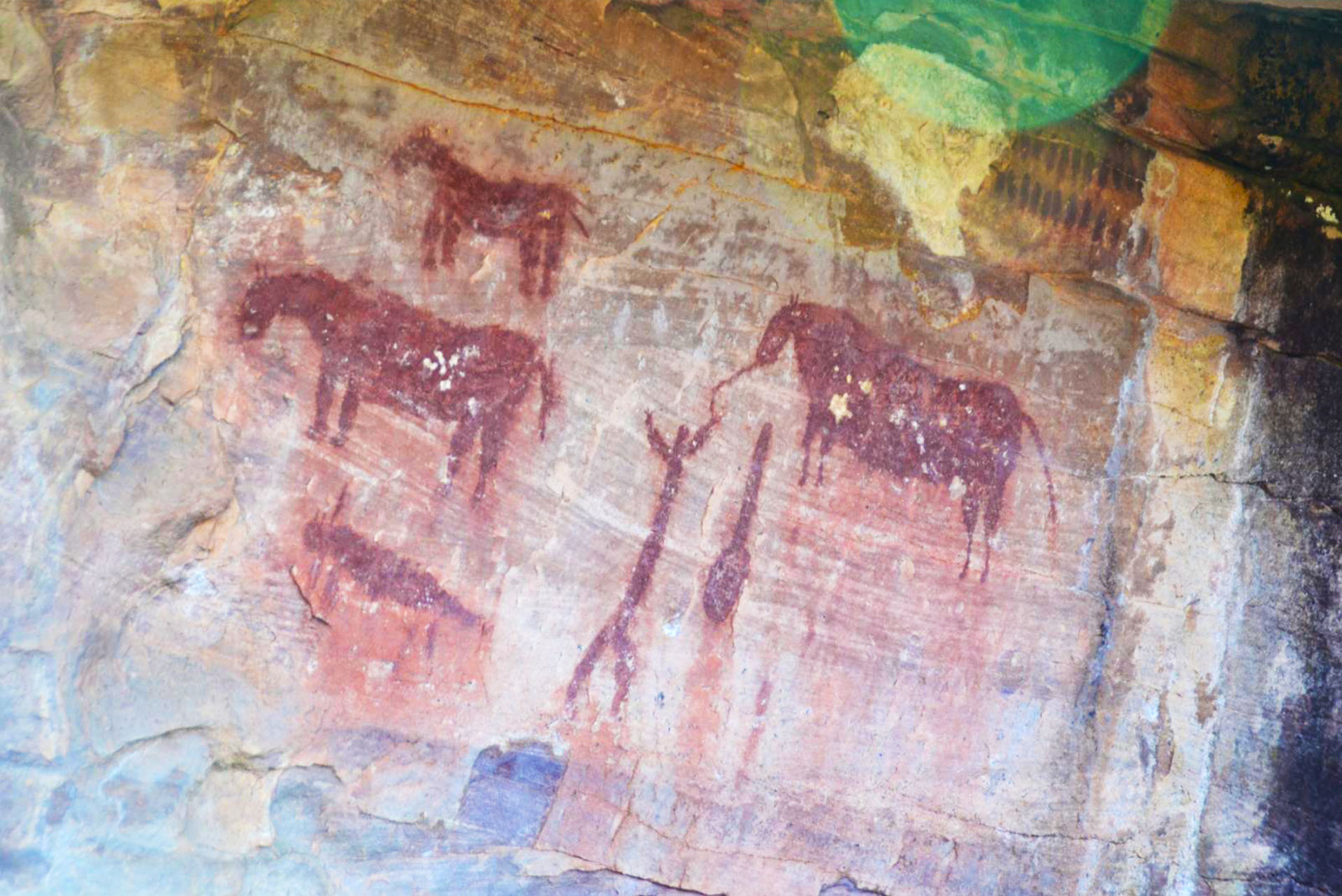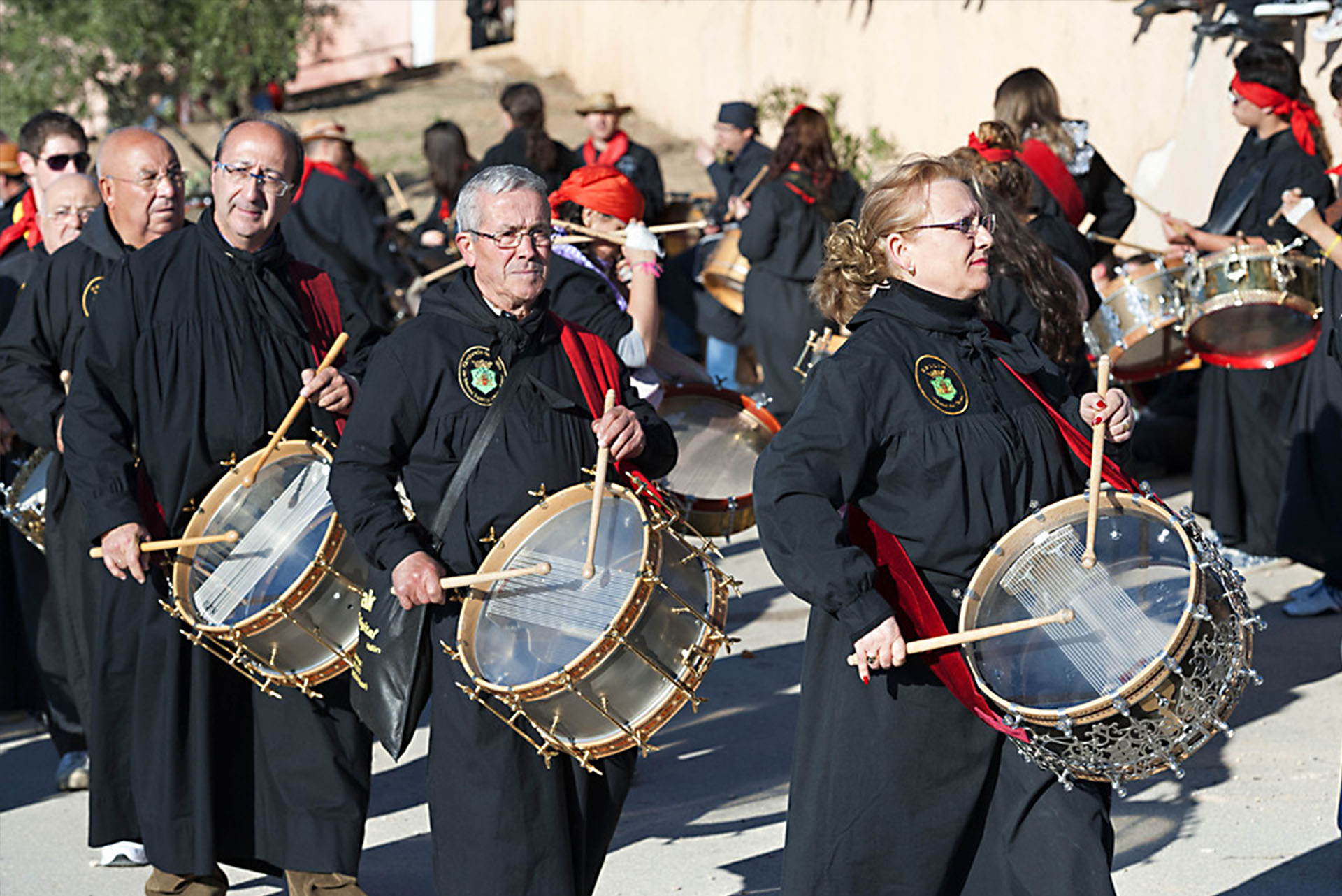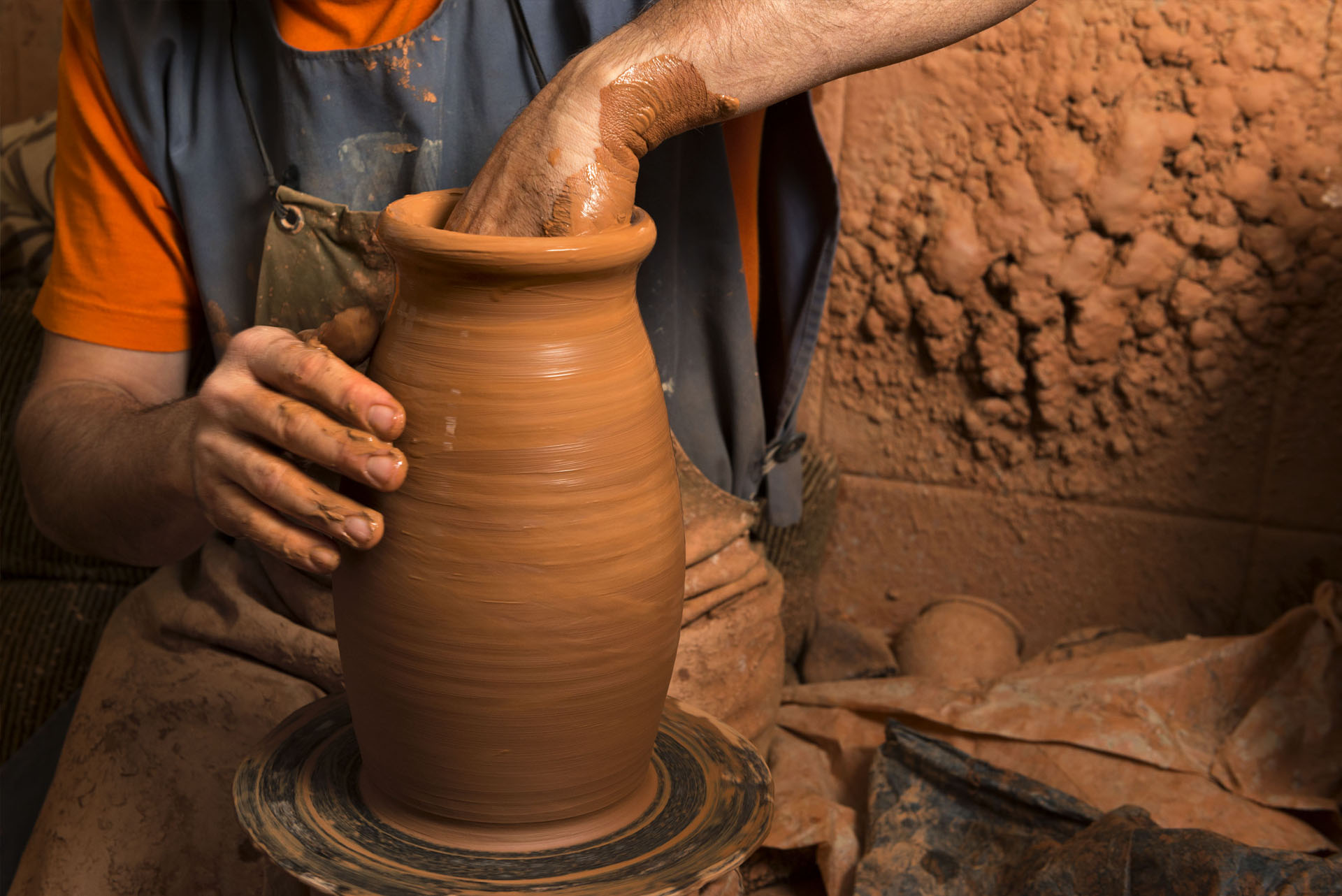CULTURAL HERITAGE OF HUMANITY
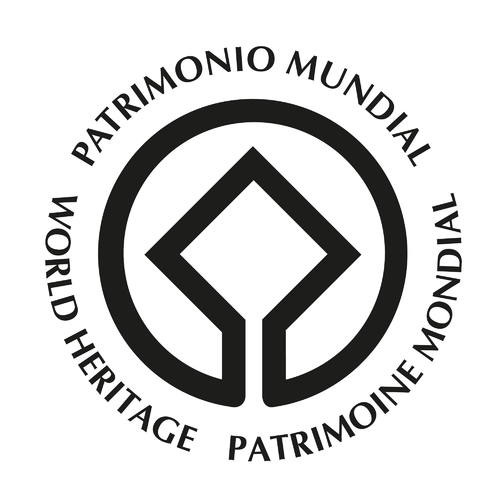
The towns of Toledo and Cuenca, the Mining Park of Almadén and the coats that give shelter to the cave paintings of the Mediterranean Arch of the Iberian Peninsula are all places declared by UNESCO as Cultural Heritage of Humanity. These selected settings, which should be a must in every traveller’s agenda, have been chosen because of their exceptional cultural relevance, and they must be preserved as common heritage of humanity.
In addition, Castilla-La Mancha has an impressive Intangible Cultural Heritage of Humanity with its famous Tamboradas in the villages of Hellín , Tobarra and Agramón, in the province of Albacete and the exclusive pottery of Talavera de la Reina and Puente del Arzobispo.
Toledo
On a hill embraced by the Tajo River, Toledo has hosted all civilizations that have passed through the Iberian Peninsula: romans, Visigoths, Jews, Muslims, Christians… Each one embellished it with the best of their art and culture. It is no wonder it has more than a hundred monuments. It is difficult to enumerate such beauty.
You will spend a lot of hours to traverse its Primate Cathedral or wander around its streets. Visit the heart of its unknown heritage: Roman and Arab baths, medieval cisterns and underground caves. All are appealing attractions for tourism.
Cuenca
To the world, Cuenca is the city of the Hanging houses. These amazing constructions, which balconies overlook rashly upon Huecar’s Gorge, are unique as well as the museums from this city. You will be surprised by its originality, diversity and didactic sense. The star of Cuenca’s museums is the paleontological.
You will find more than two hundred fossil examples taken from different sites which continue growing. Among them stands Pepito, a hunchback dinosaur, scientifically known as Concavenator Corcovatus found in Las Hoyas.
Almadén
A third of the mercury consumed worldwide has left the entrails of the Almaden Mines, which It began to be exploited by the Romans. Walking through its Mining Park you can tour the centuries-old galleries and at the same time learn how the daily life of the miners who worked was.
Cave paintings
The cave paintings located in the Mediterranean Arch of the Iberian Peninsula are unique and exceptional. They represent images of daily life between the Neolithic Period and the Bronze Age. They show scenes of hunting, fighting, animals and men and women with dresses or headpieces, as well as ritual dances. They are located in six different regions, Castilla-La Mancha being one of them. Over ninety settings in the regions of Albacete, Cuenca and Guadalajara are waiting for the traveler.
Tamboradas
From Hellín, Tobarra y Agramón, Tamboradas are one of the most traditional festivals in Spain. Of very old tradition, it has its origin in the 19th century. It is characterized by an intense and continuous drumming, simultaneously and collectively in the time frame / ritual of Holy Week. In the Tamboradas, more than 20,000 people play their drums around the streets in town.
The drum creates a unique, peculiar and distinctive sound landscape. The drums are subject to an autochthonous typology, with local crafts linked to their manufacture and maintenance.
Traditional pottery
The production of pottery in Talavera de la Reina and Puente del Arzobispo is an artisan tradition that has survived for five centuries. From the beginning, the success of Talavera pottery spread throughout the Iberian Peninsula and reached Mexico in the 16th century.
In the first third of the 20th century, pottery remerged thanks to a famous potter, Juan Ruiz de Luna, who, along with other master craftsmen, increased the technical and artistic quality of Talaveran and Spanish pottery through knowledge, study and experimentation of different traditional and contemporary materials and techniques.
Craftwork, and more importantly, pottery, still is a part of life in current workshops where the potter’s good work continues to be a trademark image of Talavera.

